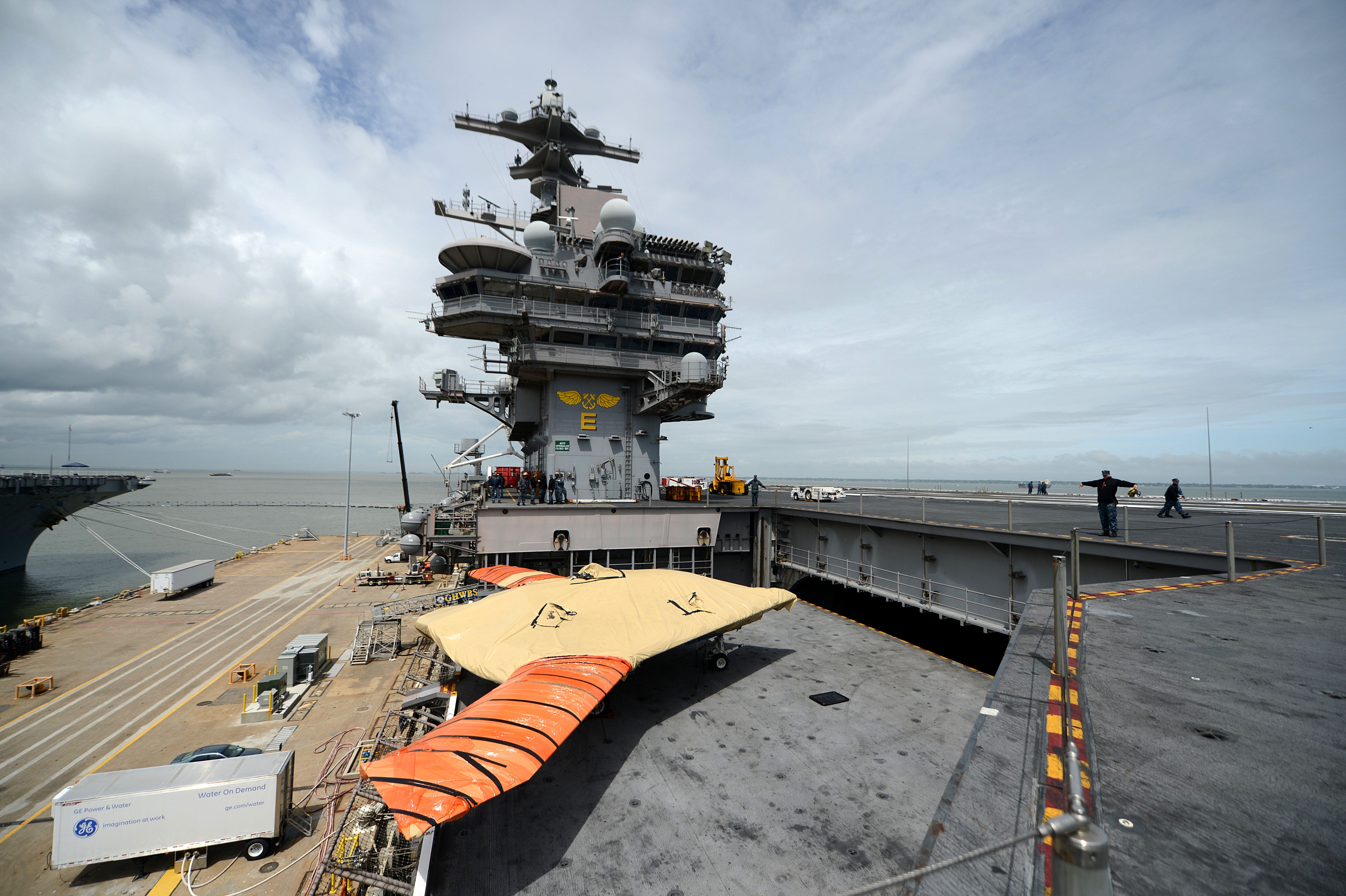
WASHINGTON, D.C. — The Navy wants to continue to tweak what it will call the Stingray — its first carrier-based unmanned aerial vehicle.
The Stingray UAV will be designated a multi-mission unmanned vehicle (MQ) rather than a reconnaissance and attack unmanned vehicle (RAQ), Navy officials confirmed to USNI News on Thursday.
Now the service will work under U.S. Air Force rules to finalize the designation of the MQ-XX Stingray, Navy spokeswoman Capt. Thurraya Kent told USNI News on Thursday. The last aircraft given the MQ designation was the Air Force’s General Atomics MQ-9 Reaper UAV.
The tweak to the designation is a further reflection of the changes in focus for the Navy’s first carrier-based UAV program — previously known as the Unmanned Carrier Launched Surveillance and Strike (UCLASS).
Following an Office of Secretary of Defense (OSD) review of the entire U.S. military UAV surveillance portfolio, big Pentagon decided to emphasize the surveillance and tanking role for Stingray.
“We’re probably going to drop some of the high-end specs and try to grow the class and increase the survivability [later],” Vice Adm. Joseph Mulloy, deputy chief of naval operations for integration of capabilities and resources, told USNI News last month.
“It has to be more refueling, a little bit of ISR, weapons later and focus on its ability to be the flying truck.”
The result — dubbed Carrier Based Aerial Refueling System (CBARS) by OSD — shed much of the strike requirements planned for UCLASS that in turn prompted the Navy’s push to drop the RAQ prefix for MQ, USNI News understands.
USNI News understands the requirements for Stingray will include pylons for drop fuel tanks for the tanking mission that could be used for weapons in the future.
The service plans to release a draft request for proposal for the MQ-XX Stingray air segment to four companies vying for the business – General Atomics, Northrop Grumman, Lockheed Martin and Boeing – later this year. The final air segment RfP is planned for 2018. The other two elements of the program — the connectivity and ground control segments – will be overseen directly by Naval Air Systems Command.
What the service learns from the aircraft will inform more complex and lethal carrier UAVs in the future.
“There’s just so much to learn about integrating unmanned carrier aviation into the carrier air wing right now and I just want to get started,” Chief of Naval Operations Adm. John Richardson said on Thursday at the Credit Suisse-McAleese defense programs conference in Washington, D.C.
“[MQ-XX Stingray] will have a very valid mission for the current and future airwing – ISR and tanking. It will get us unmanned on deck and so we can start to confront those operational challenges and we can learn our way forward.”





